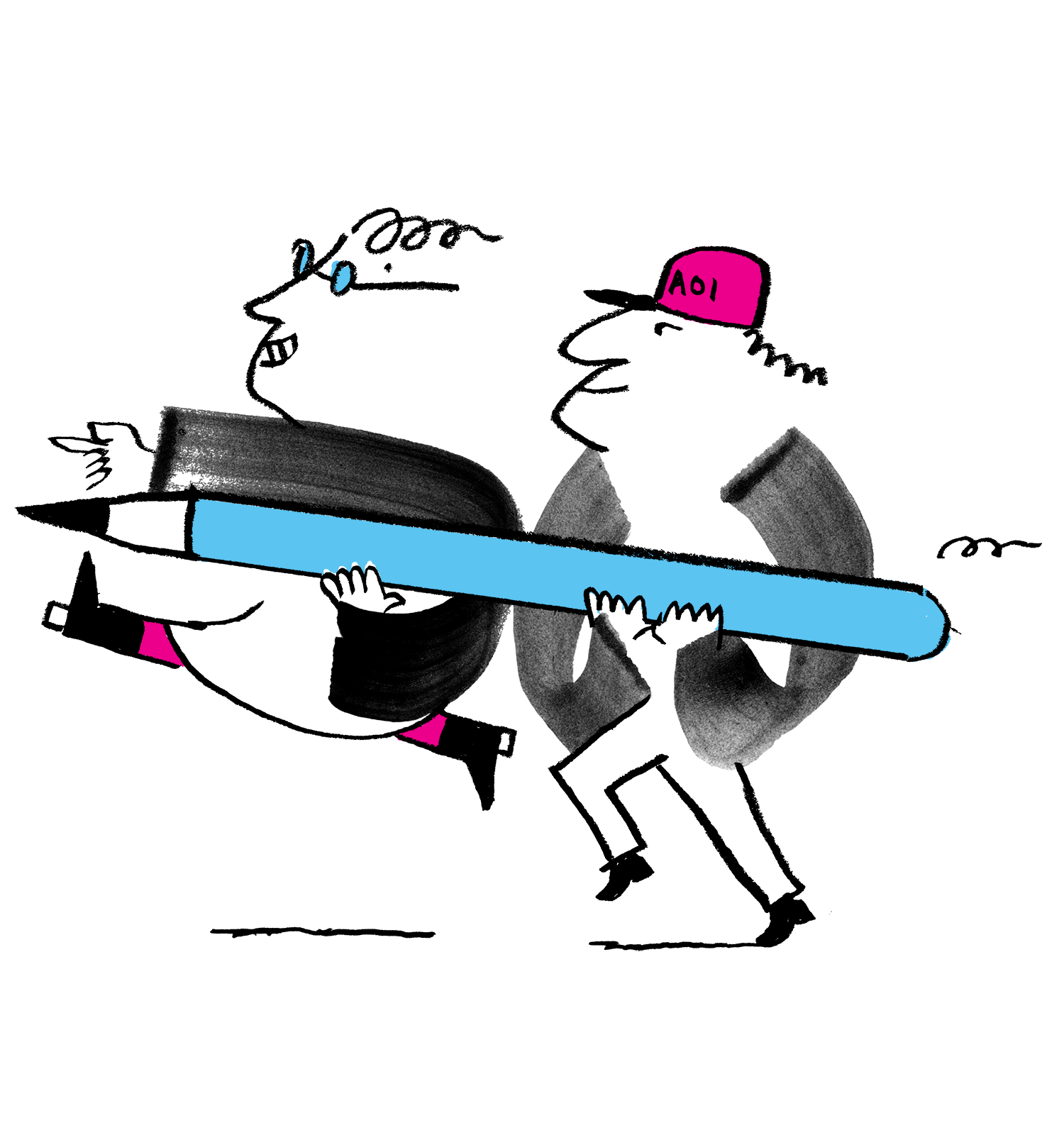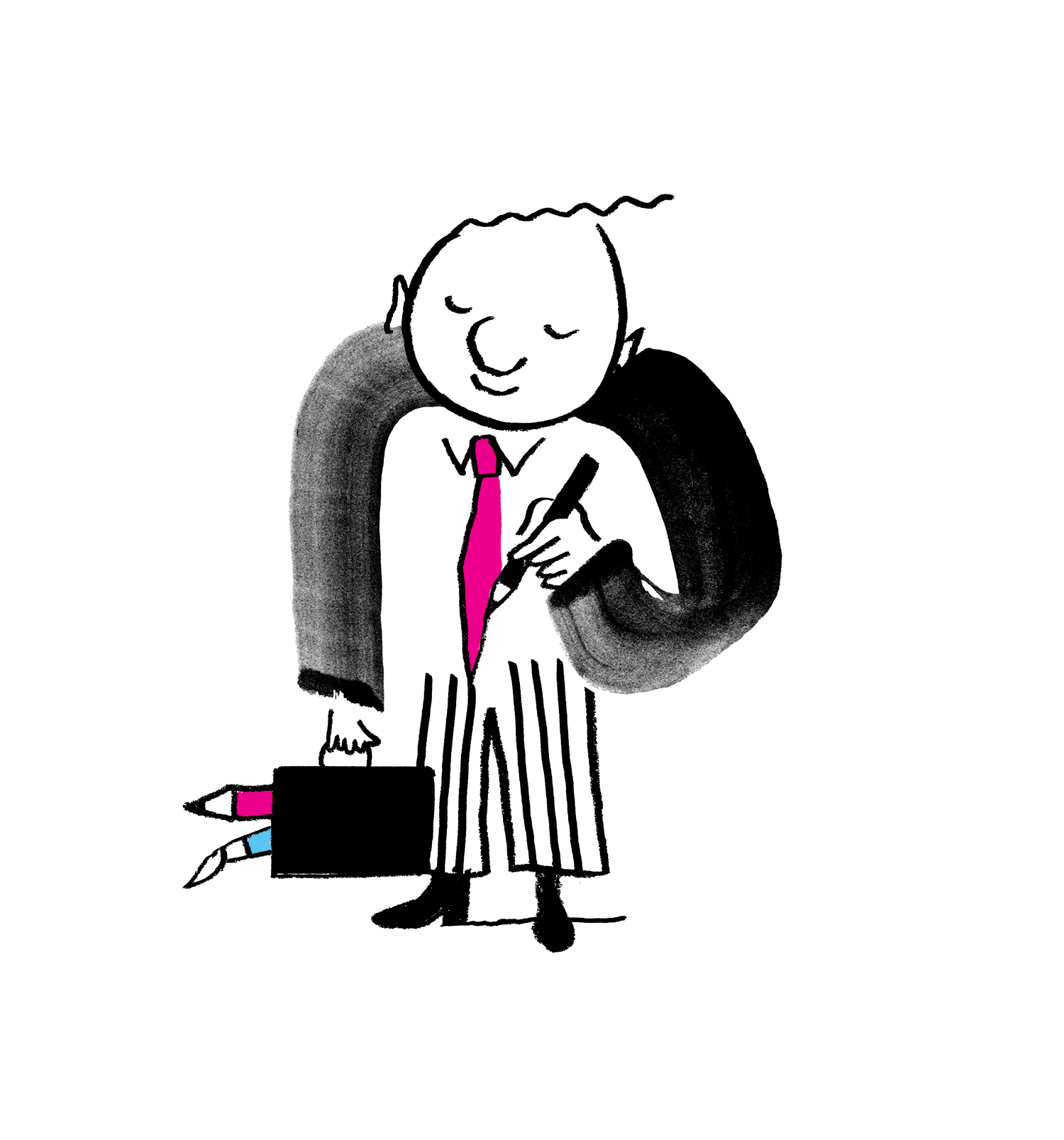Preparing for Portfolio Consultations Members
In this article

Continue reading...
Enjoy unlimited access to all resources with an AOI membership
Become a Member Already a member? Log inWhether you?re a freshly minted illustration graduate looking to find your niche, a self-taught artist looking to explore illustration as a career option, or a seasoned pro looking to explore ? say ? agency representation or a new stylistic direction, all illustrators strive for guidance to reach individual growth and professional evolution.
Portfolio Consultations are a great way to achieve this. They are organised in many ways and led by a variety of experts including Commissioners, Agents, Educators, experienced Illustrators and more. A portfolio consultant should offer frank, unbiased feedback, recommending practical ways to build on your strengths and existing body of work to make professional, effective presentations.
After booking a portfolio consultation, ask yourself: What do you want to get out of the experience? It?s important to do some preparation ahead of a consultation to ensure you really get the most from it.
Before your Portfolio Consultation
- Read and double check all details about your meeting. If the organisers request any information ahead of the session, make sure to send these details through with plenty of time and chase for a confirmation if you don?t receive one.
- If you don?t know much about the consultant(s), it?s worth researching them online to find out more about their ca

